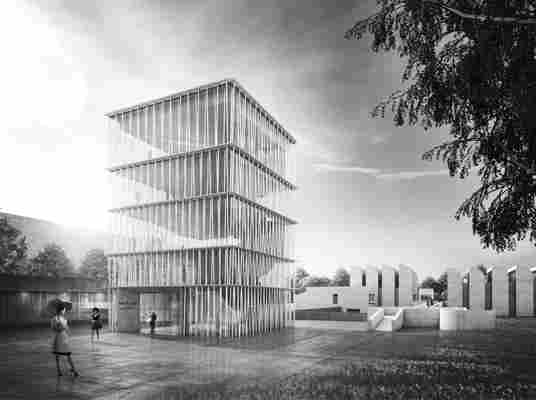June 24,2022
Germany Honors the Bauhaus Centennial with This Major Legacy Project
by David Stewart
When the German architect Walter Gropius founded the Bauhaus design school in 1919, few knew it would come to define modern design. From the German cities of Weimar, Dessau, and Berlin, the Bauhaus—where artists like Wassily Kandinsky, Johannes Itten, and Paul Klee studied—revolutionary ideas were brought to functional design, where simplicity won over decoration, until the Nazis forced the school to close in the 1930s.
This January marks the centennial of the Bauhaus, and to celebrate, the Bauhaus Archives Museum in Berlin is undergoing a $23 million renovation and is planning to open an expanded second building to the museum, to cost $36 million, by Staab Architekten. Funded by the German government and the city of Berlin, they’re slated to open in 2022.
The current Berlin museum, designed by Walter Gropius, was built in 1979. A relic in itself, the exhibition space is just 7,500 square feet, a tight space for hundreds of Bauhaus objects, ranging from furniture works by Marianne Brandt to photos by László Moholy-Nagy.

A rendered look at the new building that's to be built by Staab Architekten and slated to be completed by 2022.
It's adding a new energy-efficient glass tower to host its expansive collection of design objects. The new 72,000-square-foot space is an “experimental building that will meet the needs of a 21st-century museum,” says Monika Grütters, Berlin’s minister for culture. “It leaves plenty of space open for creativity—a space that will be worthy of the world’s most important Bauhaus collection.”
This new glass tower will compliment Gropius’s original building with a tower that blends the past and present. “As we saw it, the challenge lay in how to develop a new building that would be able to accommodate almost all of the public functions of the museum without pushing the original building to the sidelines,” says the architect Volker Staab.






